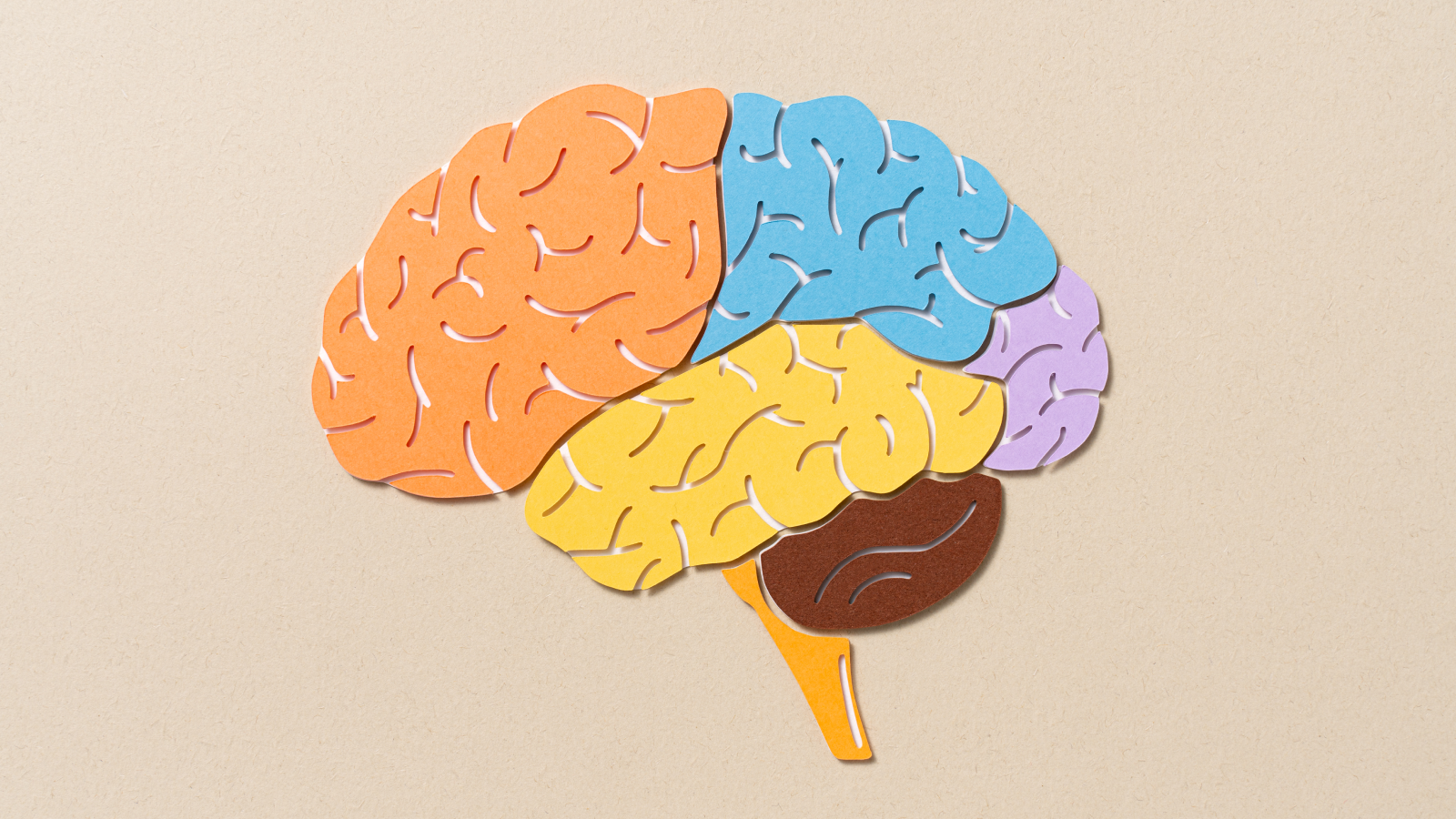Marijuana Exposure Among Kids Under 6 Rises Sharply

The rich aromas of freshly baked chocolate brownies may lead children to inadvertently consume marijuana, researchers say. In a new study, the researchers found that the rate of marijuana exposure in young children increased significantly from 2003 to 2013.
As more states look to legalize marijuana, the risk for exposure to the drug can rise among children, the researchers said. They used data from the National Poison Data System (NPDS) and found that the rate of marijuana exposure among children under age 6 increased by about 1.5 times from 2003 to 2013.
Over 75 percent of exposed children were younger than 3 years old, and most children swallowed, rather than inhaled, the marijuana, the researchers said.
"The high percentage of ingestions may be related to the popularity of marijuana brownies, cookies and other foods," Henry Spiller, a co-author of the study and director of the Central Ohio Poison Center at Nationwide Children's Hospital in Columbus, Ohio, said in a statement. "Very young children explore their environments by putting items in their mouths, and foods such as brownies and cookies are attractive," he said.
Although overall marijuana exposure rates are low, with about 6 children per 1 million exposed yearly in the United States, the rate is increasing, which may reflect the uptick in marijuana users in the United States, the researchers said. In 2007, around 5.8 percent of people ages 12 or older had ever used marijuana; by 2013 that rate had increased to 7.5 percent.
There were 1,969 young children reported to Poison Control Centers in the United States for marijuana exposure from 2000 to 2013, according to the study.
In states that legalized marijuana sometime between the years 2000 to 2013, the rate of exposure among children increased an average of about 16 percent per year after legalization, with a notable jump immediately after legalization. States that did not legalize marijuana saw a smaller increase in children's exposure rates, of about 4.8 percent yearly, on average. [11 Odd Facts About Marijuana]
Get the world’s most fascinating discoveries delivered straight to your inbox.
The children who were exposed to marijuana experienced mostly minor effects such as drowsiness and lethargy, followed by lack of coordination, irritability and confusion. Serious effects were less common, but some children experienced comas and seizures. Around 80 percent of the children experienced effects that last from between 2 hours and one day, according to the study.
The researchers of the study recommended that legislation to legalize marijuana consider accidental exposures to children. They emphasized that parents should be educated about the risks of accidental exposure in children, and manufacturers should use child-resistant packaging for products with marijuana.
The study was published today (June 8) in the journal Clinical Pediatrics.
Elizabeth Goldbaum is on Twitter. Follow Live Science @livescience, Facebook & Google+. Original article on Live Science.



